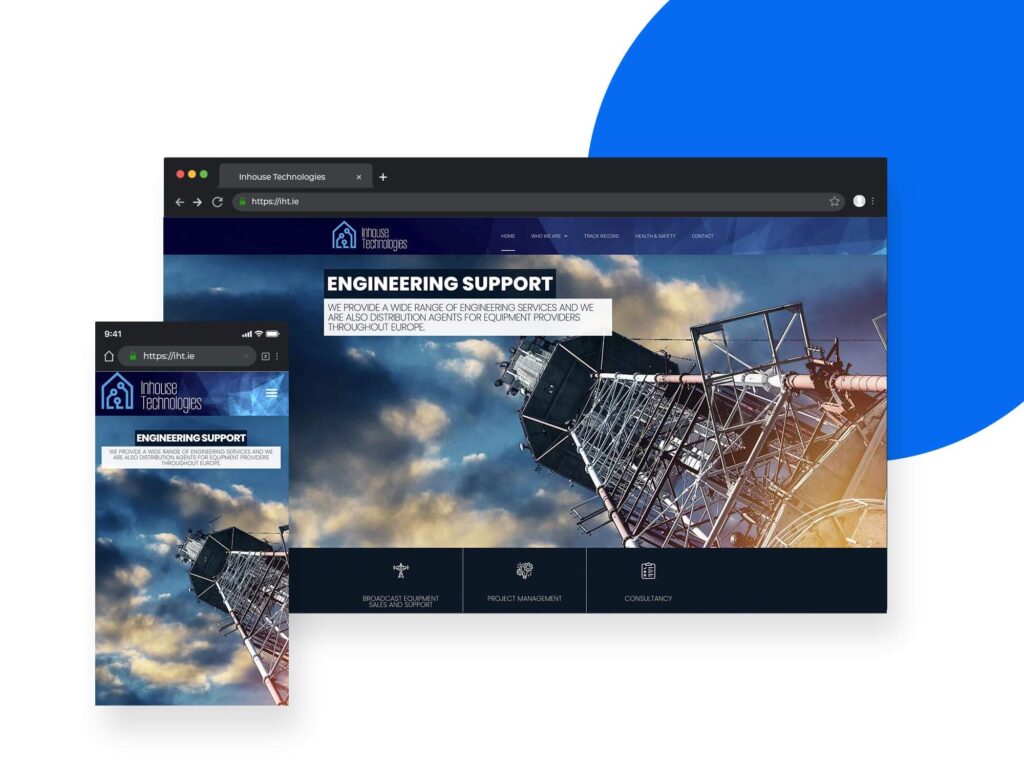In the fast-paced digital landscape of the 21st century, the concept of website design has transcended mere visual appeal. While aesthetics remain crucial, the emphasis on functionality has become paramount. Modern website design goes beyond beauty, striving to create seamless, intuitive, and purpose-driven online experiences. In this exploration of “Beyond Beauty: Functionality in Modern Website Design,” we delve into the principles, trends, and strategies that define the intersection of aesthetics and functionality in the contemporary web design landscape.

The Evolution of Web Design – Modern Website Design:
In the early days of the internet, websites were static, text-heavy pages with limited visual appeal. However, as technology advanced and user expectations evolved, the role of web design underwent a transformative journey. Today, websites are dynamic, interactive, and immersive experiences that aim to engage visitors from the moment they land on a page.
The Role of Functionality:
- User-Centric Navigation: Modern website design prioritizes user-centric navigation. Intuitive menus, clear calls-to-action, and thoughtfully structured information architecture guide visitors seamlessly through the website. The goal is to minimize friction and enhance the overall user experience.
- Responsive Design for All Devices: With the proliferation of smartphones and tablets, responsive design has become a non-negotiable aspect of modern website functionality. Websites must adapt and provide an optimal viewing experience across a myriad of devices, ensuring accessibility and usability for all users.
- Speed and Performance Optimization: In the era of instant gratification, users expect websites to load quickly. Functionality in modern website design includes meticulous attention to speed and performance optimization. Techniques such as image compression, browser caching, and content delivery networks (CDNs) are employed to enhance loading times.
Integrating Form and Function:
- Interactive Elements: Interactive elements, such as sliders, carousels, and hover effects, are strategically integrated to engage visitors. These elements not only add a layer of dynamism but also serve functional purposes, providing additional information or guiding users through the content.
- Microinteractions: Microinteractions are subtle, user-triggered animations or responses that enhance the overall user experience. From a subtle button hover effect to a notification animation, these microinteractions contribute to the functionality and usability of the website.
- Content Hierarchy and Readability: The functionality of a website extends to its content presentation. Modern designs emphasize content hierarchy and readability, ensuring that information is structured logically, and text is legible across various devices. This is particularly crucial for conveying the brand message effectively.

E-Commerce and Functionality:
- Streamlined Checkout Processes: In e-commerce, functionality is synonymous with streamlined processes. From product selection to checkout, modern websites prioritize simplicity and efficiency, minimizing steps and optimizing the overall conversion process.
- Personalization and Recommendations: Leveraging functionality, e-commerce websites incorporate personalization algorithms and recommendation engines. These elements enhance the user experience by providing tailored content and product suggestions based on user behavior and preferences.
The Future of Functionality:
As technology continues to advance, the future of functionality in website design holds exciting possibilities. Artificial intelligence (AI), voice interfaces, and immersive technologies such as augmented reality (AR) and virtual reality (VR) are expected to play increasingly significant roles in shaping the way users interact with and experience websites.
Modern Website Design – Conclusion:
In the ever-evolving landscape of modern website design, the synergy between beauty and functionality is the key to success. Beyond creating visually stunning interfaces, designers must focus on functionality to meet the diverse needs and expectations of today’s users. By embracing user-centric navigation, responsive design, and integrating form and function seamlessly, websites can transcend the ordinary and deliver exceptional, purpose-driven experiences that leave a lasting impression on visitors. In essence, the mantra is clear: beyond beauty lies the true art of functionality in modern website design.




